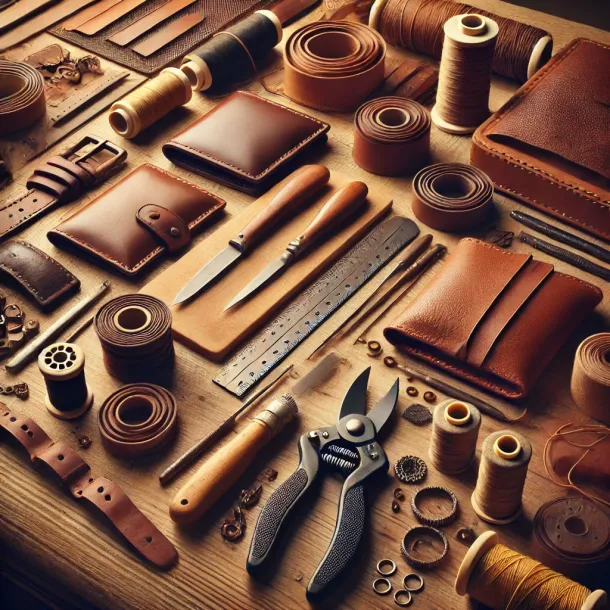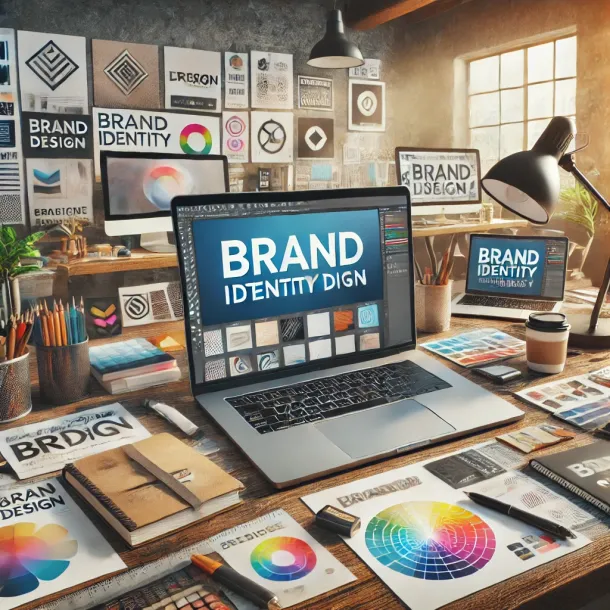Balancing Aesthetics and Functionality in Product Design
Balancing Aesthetics and Functionality in Product Design
In the world of product design, achieving the perfect balance between aesthetics and functionality is both an art and a science. While aesthetics attract users to a product, functionality ensures that the product meets their needs and provides a satisfying experience. Striking the right balance between these two elements is crucial for creating products that are not only visually appealing but also practical and user-friendly. This article explores the importance of balancing aesthetics and functionality in product design, the challenges designers face, and strategies to create products that excel in both areas.
The Importance of Aesthetics in Product Design
Aesthetics play a significant role in how users perceive a product. The visual appeal of a product can influence a customer’s first impression, their emotional response, and ultimately, their purchasing decision. In a competitive market, where consumers are often presented with multiple options, the aesthetic quality of a product can be a key differentiator.
Emotional Connection
A well-designed product that is visually appealing can create an emotional connection with the user. This connection can lead to increased brand loyalty and a sense of ownership. Products that evoke positive emotions are more likely to be remembered and recommended to others. For example, the sleek design of an Apple product or the minimalist aesthetics of a Muji item can generate a strong emotional response that goes beyond mere functionality.
Brand Identity and Recognition
Aesthetics are also closely tied to brand identity. Consistent use of color, shape, and form in product design helps establish a brand’s visual identity, making it instantly recognizable. This consistency builds trust with consumers and reinforces brand loyalty. For example, the distinct design language of Nike products is easily recognizable, contributing to its strong brand presence worldwide.
First Impressions Matter
First impressions are crucial in product design. When a user encounters a product for the first time, the design’s aesthetic appeal can significantly impact their initial perception. A product that looks well-designed and polished is often perceived as more valuable and of higher quality. This first impression can set the tone for the entire user experience, influencing how the product is used and appreciated.
The Role of Functionality in Product Design
While aesthetics are important, functionality is the backbone of product design. A product must perform its intended purpose effectively and efficiently to satisfy user needs. No matter how beautiful a product looks, if it fails to function properly, it will ultimately disappoint users and fail in the market.
Usability and User Experience
Functionality directly impacts usability, which is a critical component of the overall user experience (UX). A product that is easy to use, intuitive, and efficient enhances the user’s experience and satisfaction. Good functionality ensures that users can accomplish their tasks with minimal effort and frustration. For example, a well-designed smartphone not only looks sleek but also provides a smooth and responsive user interface that makes navigation easy.
Practicality and Efficiency
Functionality also involves practicality and efficiency. A functional product should be practical in its application, meaning it meets the user’s needs in a real-world context. Efficiency refers to how well the product performs its tasks, saving the user time and effort. For instance, a well-designed kitchen appliance is not only aesthetically pleasing but also makes cooking easier and faster, enhancing the overall user experience.
Longevity and Durability
A product’s functionality also includes its durability and longevity. A product that functions well over time, without frequent breakdowns or the need for repairs, is more likely to be valued by users. Durable products that maintain their functionality over extended periods contribute to long-term customer satisfaction and brand loyalty. For example, the enduring popularity of classic Swiss watches is due not only to their timeless aesthetics but also to their reliable functionality and durability.
Challenges in Balancing Aesthetics and Functionality
Achieving a balance between aesthetics and functionality in product design is not without its challenges. Designers often face difficult decisions when trying to satisfy both aesthetic and functional requirements.
Conflict of Priorities
One of the main challenges is the conflict between aesthetic and functional priorities. In some cases, focusing too much on aesthetics can compromise functionality, and vice versa. For example, a designer may want to create a sleek, minimalist product, but this could lead to a design that is difficult to use or lacks essential features. Conversely, focusing solely on functionality may result in a product that is unattractive or fails to stand out in the market.
Cost and Resource Constraints
Balancing aesthetics and functionality also requires careful consideration of cost and resources. High-quality materials and advanced manufacturing processes that enhance both aesthetics and functionality can be expensive. Designers must work within budget constraints while striving to create a product that excels in both areas. This often involves making trade-offs and finding innovative solutions to achieve the desired balance.
User Expectations
User expectations can also pose a challenge. Different users may prioritize aesthetics or functionality differently, depending on their needs and preferences. For example, some users may value a visually striking design, while others may prioritize ease of use and practicality. Designers must carefully consider their target audience and create a product that meets the expectations of a diverse user base.
Strategies for Balancing Aesthetics and Functionality
Despite the challenges, there are strategies that designers can use to successfully balance aesthetics and functionality in product design. These strategies involve thoughtful planning, collaboration, and a deep understanding of user needs.
User-Centered Design
A user-centered design approach is key to balancing aesthetics and functionality. This approach involves understanding the needs, preferences, and behaviors of the target audience and designing a product that meets those needs. By prioritizing the user experience, designers can create products that are both functional and aesthetically pleasing. User-centered design often involves iterative testing and feedback, allowing designers to refine their designs based on real user input.
Integration of Form and Function
Successful product design requires the integration of form and function from the outset. Rather than treating aesthetics and functionality as separate considerations, designers should view them as complementary aspects of the same design process. This means considering how aesthetic elements, such as shape, color, and materials, can enhance functionality, and vice versa. For example, the ergonomic design of a chair can be both visually appealing and supportive, providing comfort and style in equal measure.
Collaborative Design Process
Collaboration between different disciplines is essential for balancing aesthetics and functionality. Industrial designers, engineers, and UX designers should work together throughout the design process to ensure that both aspects are addressed. This collaborative approach allows for the exchange of ideas and expertise, leading to more innovative and well-rounded designs. For example, collaboration between designers and engineers can result in a product that is both visually striking and technically feasible.
Prototyping and Iteration
Prototyping and iteration are critical tools for balancing aesthetics and functionality. Creating prototypes allows designers to test both the visual appeal and functionality of a product before it goes to market. Through iterative testing and refinement, designers can identify potential issues and make adjustments to improve the balance between form and function. This process helps ensure that the final product meets both aesthetic and functional requirements.
Case Studies: Balancing Aesthetics and Functionality
To better understand how to balance aesthetics and functionality, let’s examine a few case studies of products that have successfully achieved this balance.
Apple iPhone
The Apple iPhone is a prime example of a product that balances aesthetics and functionality. The iPhone’s sleek, minimalist design is instantly recognizable and has become a symbol of modern technology. At the same time, the iPhone is highly functional, with a user-friendly interface, powerful performance, and a wide range of features that meet the needs of its users. Apple’s commitment to integrating form and function has made the iPhone one of the most successful and iconic products of all time.
Dyson Vacuum Cleaners
Dyson vacuum cleaners are another example of a product that successfully balances aesthetics and functionality. Dyson’s products are known for their innovative design, with a focus on both visual appeal and performance. The use of transparent materials, bold colors, and sleek shapes make Dyson vacuums stand out in the market, while their powerful suction, ease of use, and durability ensure they meet the functional needs of consumers. Dyson’s approach to design has revolutionized the vacuum cleaner industry and set new standards for both aesthetics and functionality.
Tesla Model S
The Tesla Model S is a luxury electric vehicle that exemplifies the balance between aesthetics and functionality. The Model S features a futuristic design with clean lines, a minimalist interior, and advanced technology. At the same time, it delivers high performance, long-range capabilities, and a smooth driving experience. Tesla’s focus on combining cutting-edge design with practical functionality has made the Model S a leader in the electric vehicle market.
Conclusion
Balancing aesthetics and functionality in product design is essential for creating products that are not only visually appealing but also practical and user-friendly. While achieving this balance can be challenging, it is possible through a user-centered design approach, the integration of form and function, collaboration, and iterative testing.
By prioritizing both aesthetics and functionality, designers can create products that resonate with users, stand out in the market, and deliver a satisfying and meaningful experience. As the design industry continues to evolve, the ability to strike this balance will remain a critical skill for designers who want to create successful and impactful products.


